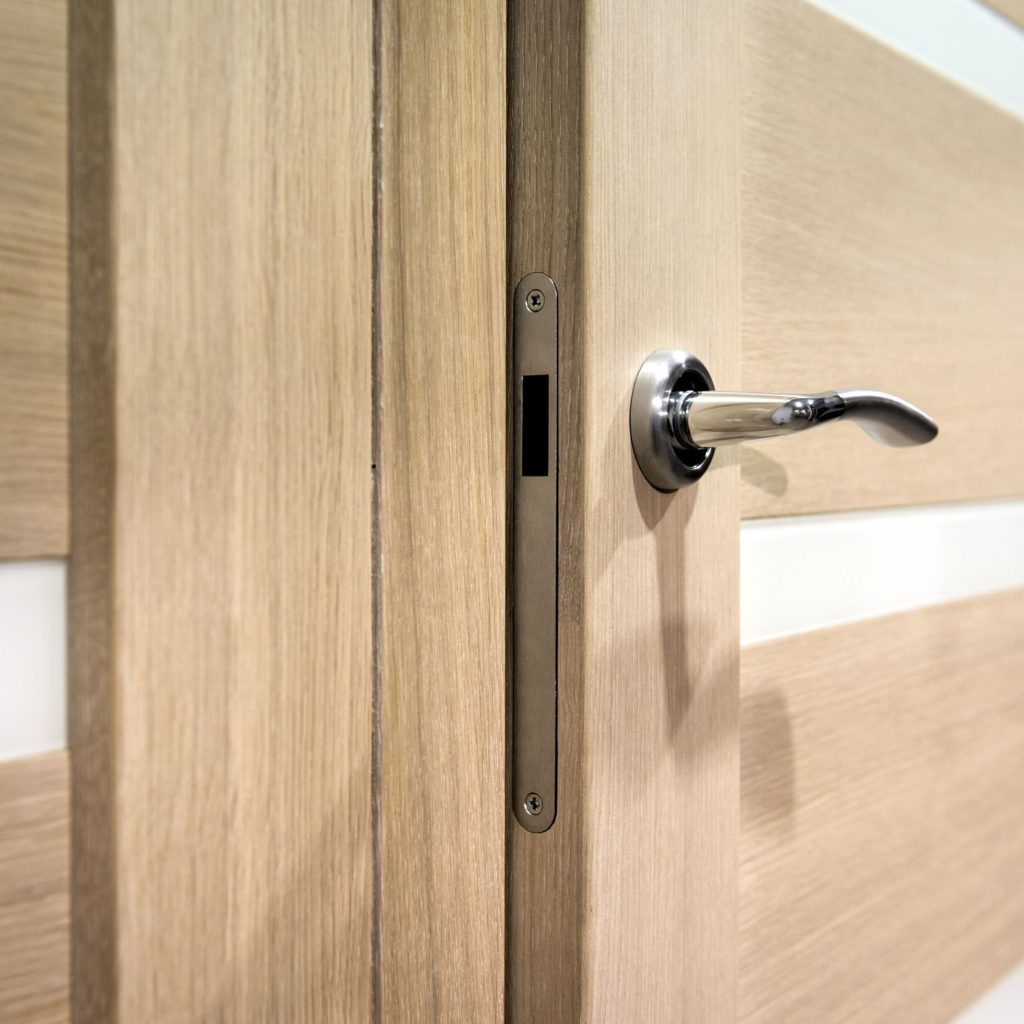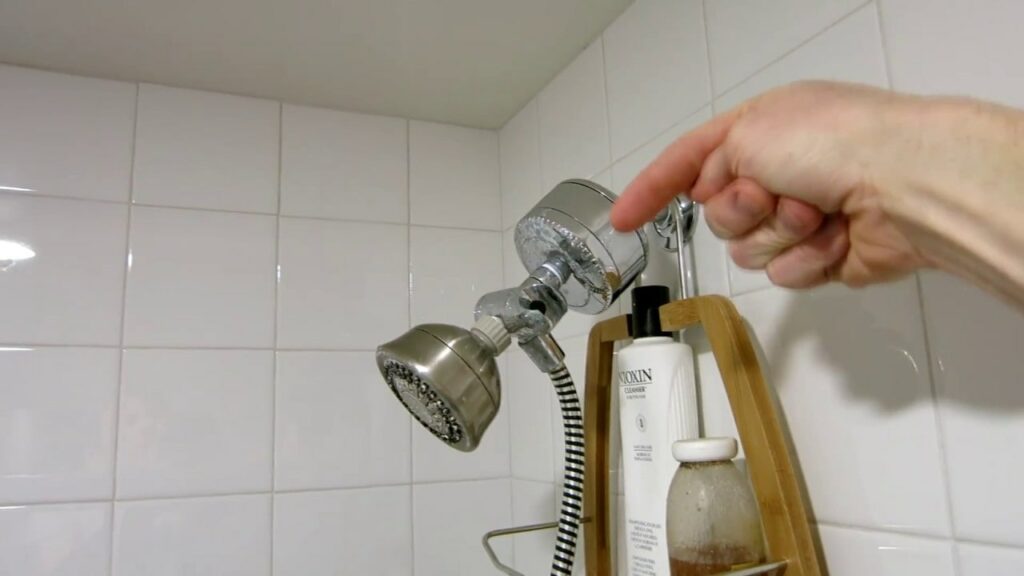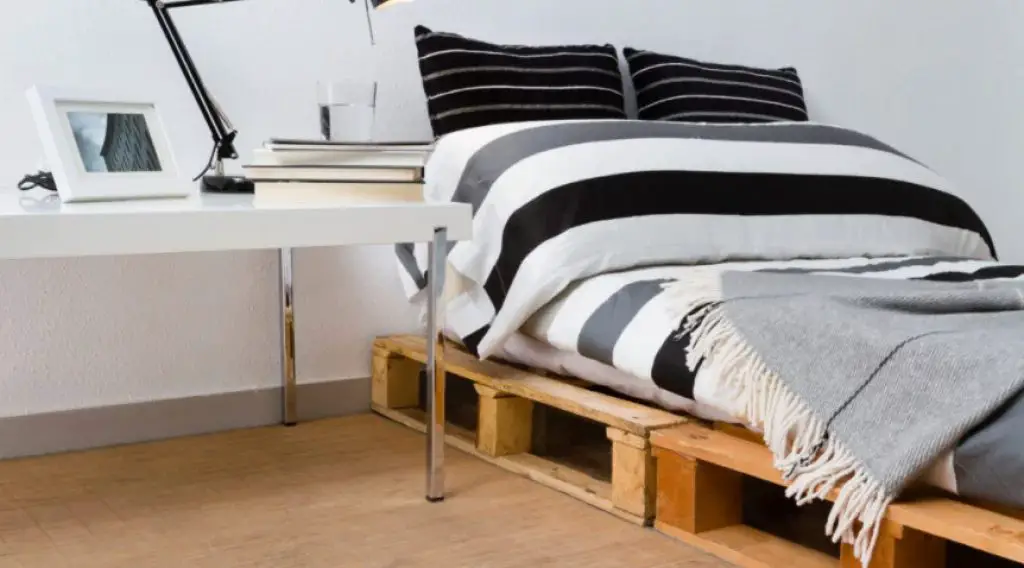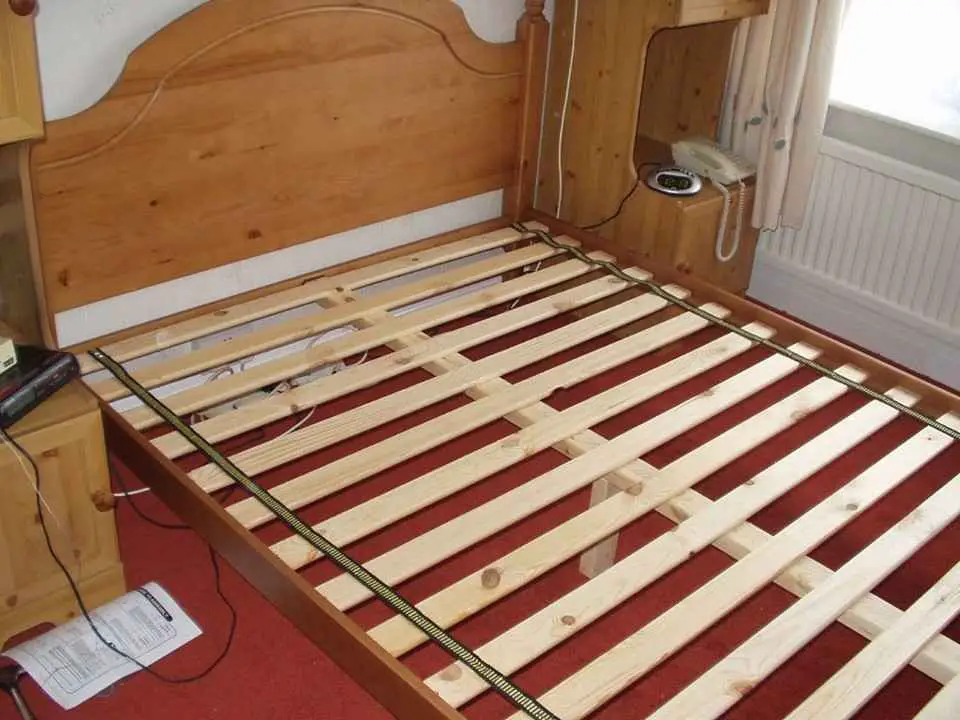Soundproof the toilet is probably a question that everyone wonders about at some time. It’s incredibly upsetting those architects don’t consider this issue more frequently.
Hearing sounds during a nature call may be irritating to others. And while you’re on the phone, it could embrace you.
The phone conversation is cut short by the sound of someone flushing the toilet or anything else.
Ideally, each residence should cause around 50% of the noise disturbance. So, while the problem is enormous, it is also expanding by the day.
As a consequence, if you do not choose to participate in this type of action. Then you should consider soundproofing your toilet.
But this is a challenging task that also necessitates some expenditure. Yet, in this post, I’ve offered several simple and inexpensive solutions.
This might be useful for soundproofing a toilet.
So, I simply know that this is a problem for a lot of other people, which is why I published this post. I conducted an extensive investigation and discovered the following.
Instructions before Soundproof the Toilet:

There are several reasons to soundproof your toilet. I’ve included a few examples below:
Reduces Noise Disturbance: As previously said, the toilet area generates a lot of noise. This bothers not just the person using the toilet, but also those in adjoining rooms.
Minimizes Echo: Another issue created by the loudness of flushing the toilet or running water is an echo. This reverberation makes it difficult to chat on the phone or hear someone.
Prevents Worry and Anxiety: For some people, the noise created by the toilet might induce stress and anxiety. This is why it is critical to soundproof your toilet to reduce these issues.
Lowers the Risk of Hearing Loss: Toilet noise can cause hearing loss in certain people. This is why soundproofing your toilet is crucial to reducing these difficulties.
13 Effective Toilet Soundproofing Methods:
Soundproofing the toilet allows you to avoid being bothered by any unwanted noise coming from the toilet. These 13 fundamental actions can help you succeed.
1. Install a door sweep or door stopper:

A door sweep is a piece of hardware that connects to the bottom of a door to prevent noise from entering the room.
A door draught blocker, on the other hand, is a form of door sweep. This is loaded with foam or other insulation materials to offer additional insulation.
These devices are effective at keeping breezes and noise out of the room. As a consequence, you may use it to soundproof your toilet room.
Begin by connecting the door sweep to the bottom of the door lightly. Then, using the adhesive strip, secure it in place. Make sure the door sweep is facing the inside of the room and not the outside.
2. Make use of caulk or joint compound:

The products used to fill gaps and crevices between two surfaces include caulk and joint compound. Caulk, on the other hand, can be applied to the door. Therefore, employing joint compounds is a stupid thing to do.
Since this joint compound is made of extremely hard materials that only operate on a hard surface. One of them is the wall and floor, which are made of cement. Fill the gaps and holes in the door with caulk.
the joint compound on the wall, corners, and floor, for example, as a result, employing it in both places has the space process. First, you must identify the surface on which you intend to apply the joint compound or caulk.
Then you must locate the gap or break in it. After that, use a putty knife or caulking gun to close the gap or crack. Finally, wipe away any excess compound or caulk with a moist cloth.
3. Install weatherstripping:

Weatherstripping is a sort of insulation that is often used around door and window framing to keep the temperature or air conditioning in while keeping the weather and noises away.
It is composed of a variety of materials, including rubber, foam, and vinyl.
Gaps surrounding the door are regions where the weatherstripping is not adequately fitted or is missing entirely. This can let heat or air conditioning leave, as well as noise and weather enter.
To make the most of your doors and windows, you should take advantage of them. Therefore, first, determine which portions of your doors and windows require weatherstripping.
The material should be put in place around the door or window frame using a weatherstripping tool. Make sure to push it into the gap to form a seal. After installation, verify the door or window to ensure it is correctly sealed.
4. Install Soundproof Panels:

Soundproof panels are those that aid in the reduction of sound transmission. They are frequently utilized in building and restoration projects to assist improve a space’s acoustic quality.
When sound waves strike our ears, they travel through the air and may be recognized. If the gap between the sound source and human ears is small, the sound will be greater.
This is why soundproof panels are essential in situations where noise might be a concern, such as a home theatre or a restroom.
Panels of soundproofing absorb and divert acoustic signals. They are made of sound-absorbing materials like fibreglass or foam.
5. Place sound-absorbing carpeting:

A soundproof carpet is a form of carpeting that is intended to limit noise transmission through it. It is made of sound-absorbing materials like foam or rubber.
This sort of flooring is ideal for a toilet area when you wish to lower noise levels. This may be created by several objects or goods, such as flush tanks, flushing noises, and even talks.
One of the most important benefits of installing soundproof carpets is that it may improve the overall convenience of a room or even a toilet. This is because it acts as an insulator against both noise and heat.
6. Make Use of a Thick Towel:

A towel is a garment that is used to dry or clean yourself. But the towel is often available in two thicknesses: thin and thick. If you want to soundproof a toilet, a thick towel is an excellent choice.
The towel’s thickness will assist to muffle any noises coming from the toilet. Wrap the towel around the exterior or interior of the toilet and secure it against the wall.
You may also just position it near the source of the noise. It might be a flush, a hairdryer, an electronic toothbrush, or anything else. This will help to muffle any noises coming from the toilet.
7. Cover the door with a soundproofing blanket:

A soundproof blanket or soundproof curtains may help to muffle sounds in the toilet.
These blankets are constructed of heavy cloth that is closely woven, which helps to muffle sounds from the bathroom. You won’t have to worry about scents either because they won’t absorb anything.
The key point to understand here is that sound deadening and soundproofing are not synonymous.
An additional barrier behind the door, on the other hand, should aid to muffle the bathroom noises.
Remember, if you’re unwilling to pay the money, you’ll have to keep trying techniques like these, which may or may not work for you based on your situation.
8. Make your door thicker:

Most houses have hollow core doors, which are noted for leaking sound. This is due to a lack of one of the most important components in noise reduction.
You may test this by having someone talk to you while you have your ear on the door on one side and are standing on the other.
If your door has a strong core, you will be able to hear them, but it will appear far away. If your door is hollow in the core, you’ll be able to hear them.
This is why increasing the bulk in your door is one of the greatest things you can do to decrease sound leakage.
9. Put Soundproof Material Around Noisy Pipes:

Noises in pipes are typically created by water flow banging against a pipe that is not properly connected to the wall.
As a result, the pipe vibrates and rattles.
You might try lowering the water pressure to alleviate this, as the noise is most noticeable when you abruptly shut off the tap.
For that purpose, you may utilize a low-flow faucet and shower head, such as this one from Amazon.
The long-term answer is to put some thick rubberized material over the pipes, such as MLV (mass-laden vinyl), which will moderate the vibrations.
The drywall must first be removed to expose the plumbing, which makes this a time-consuming task.
10. Increase the dry wall’s thickness:

If your walls are thin, nothing you do will make a difference in soundproofing. A strong layer of the wall must be installed to insulate all noises.
When soundproofing any place, this should be the first step. It’s just that not everyone can afford to have their walls remodelled.
If you have the option, I recommend getting 58″ drywall and adding an extra layer to your current wall. You should use staggered studs for the greatest results.
11. Listen to Your Favourite Music:

People’s moods are always improved by listening to heartbeat tunes. No matter where you are—at work, home, with friends, or elsewhere. The toilet or bathroom is the ideal location since we can lock the door and no one can bother us. It is undeniably a private space.
Also, it will assist you in masking some inadvertent sounds that may be irritating to others. A loud noise is emanating from the toilet. Therefore, if this is your room, that is OK.
So, if you don’t want to spend money on soundproofing your toilet area. Then this is a fantastic solution for you. In addition, if you enjoy listening to loud music with a boom vibe.
12. Install a New Toilet Door:

What if, despite implementing all of the aforementioned measures, the sound of your toilet flushing remains too loud for you? This type of shame ruins your mood.
This is a simple problem that may be solved by replacing the toilet door with a soundproof one. The flushing and other noises won’t be muted by a soundproof door alone.
Moreover, it will also assist to keep the sounds within the toilet. A soundproof door can be purchased or custom-made. That provides the best acoustic quality for your requirements.
A quick and simple approach to soundproofing your bathroom is to replace the toilet door. It might also be a cost-effective choice.
13. Make sure the toilet tank is securely sealed:

When you flush the toilet, the water naturally creates a loud noise. However, the sound of the water tank being filled afterwards might be almost as loud in certain toilets.
Without delving into the plumbing, the best remedy here is to securely seal the toilet tank. To begin, ensure that there are no impediments to water passage.
Simply apply weather-stripping tape on the exterior of the lid and tank to bind them together.
DIY TIPS- Soundproof the Toilet:
When soundproofing the entire toilet room. It is vital to have a toilet seat that is soundproof.
The damaged toilet seat is the source of almost all of the noise. Now here are some approaches you may use to make that happen:
Padding: Adding padding to your toilet seat is one technique to soundproof it. You may do this using a towel or a piece of fabric. This will help to minimize some of the toilet seat noise.
Apply a Sealer: Using a sealer is another way for soundproofing your toilet seat.
This may be accomplished by wrapping a sealer around the toilet seat’s edge.
This will aid in reducing the amount of noise generated by the toilet seat.
Insulate Your Toilet Seat: Adding insulation is another option to make your toilet seat soundproof.
You may accomplish this by utilizing batting or foam. This will assist to lessen the noise made by the toilet seat.
Replace the Plumbing Line: If everything else fails, try changing the plumbing line. This will assist to lessen the noise made by the toilet seat.
Also read: How To Soundproof a Cricket Box?
FAQ: How to soundproof a toilet?
Q1. What is the cost of soundproofing a toilet?
Soundproofing a toilet normally costs approximately $100.
This may vary depending on the approach chosen and the resources necessary.
Q2. How Can a Toilet Be Soundproofed Most Effectively?
Soundproof panels with acoustic blankets are the finest technique to soundproof a toilet.
This is the most efficient approach to soundproof your toilet while simultaneously maintaining restroom privacy.
Q3. Is it possible to soundproof my toilet on my own?
Yes, you may soundproof your toilet using one of the ways listed above.
Just be sure to choose the one that best matches your needs and budget
Also read: Difference between Pink Noise and White Noise
Conclusion:
These are 13 methods for soundproof the toilet, the ideal option is to change the toilet door to a soundproof door.
This is the most efficient approach to soundproof your toilet while simultaneously maintaining restroom privacy.
If you are not comfortable with this notion or it is too expensive for you, you can use any of the other ways outlined above.
Just be sure to select the one that best meets your needs, and I’d love to hear how you like to soundproof your toilet.
Please notify me in the comments section. As usual, be safe and have joy!
Section Under: How To









